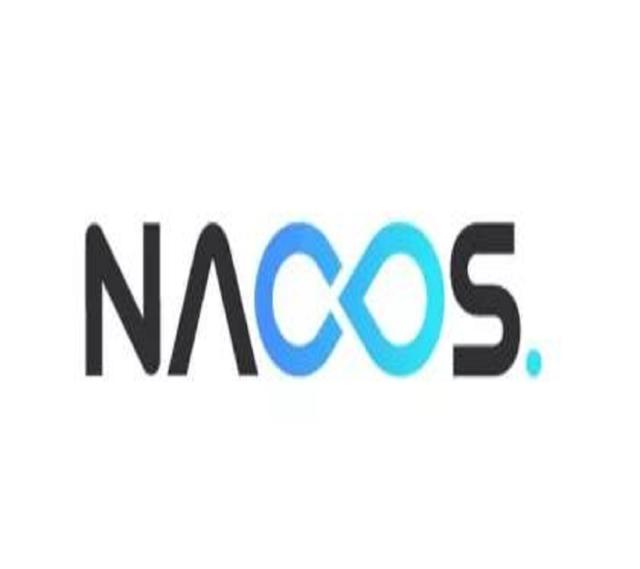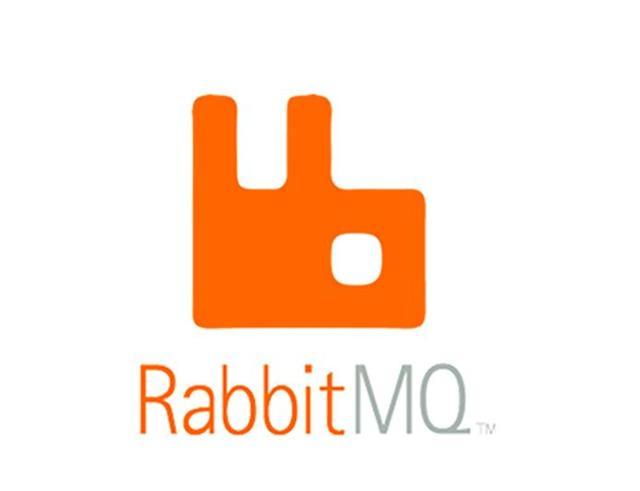k8s安装笔记-部署Dashboard
温馨提示:
本文最后更新于 2024年05月21日
,已超过 535 天没有更新。若文章内的图片失效(无法正常加载),请留言反馈或直接联系我。
默认情况下不会部署Dashboard,需要我们手工安装
curl -OL https://raw.githubusercontent.com/kubernetes/dashboard/v2.7.0/aio/deploy/recommended.yaml
# 执行部署
kubectl apply -f recommended.yaml
kubectl edit -n kubernetes-dashboard services kuberneters-dashboard
## type ClusterIP --> NodePort
# kubectl get service -n kubernetes-dashboard -o wide # 默认情况下是开放的 443CLusterIp的方式,我们要修改成功
NAME TYPE CLUSTER-IP EXTERNAL-IP PORT(S) AGE SELECTOR
dashboard-metrics-scraper ClusterIP 10.1.166.64 <none> 8000/TCP 91m k8s-app=dashboard-metrics-scraper
kubernetes-dashboard NodePort 10.1.88.31 <none> 443:31300/TCP 91m k8s-app=kubernetes-dashboard
访问地址
# 获取登录的token
kubectl -n kubernetes-dashboard create token admin-user
# 登录访问节点
https://IP:31300/
# 访问用户使用下面的步骤操作。 需要使用token 进行登录
Creating a Service Account
We are creating Service Account with the name admin-user in namespace kubernetes-dashboard first.
apiVersion: v1
kind: ServiceAccount
metadata:
name: admin-user
namespace: kubernetes-dashboard
Creating a ClusterRoleBinding
In most cases after provisioning the cluster using kops, kubeadm or any other popular tool, the ClusterRole cluster-admin already exists in the cluster. We can use it and create only a ClusterRoleBinding for our ServiceAccount. If it does not exist then you need to create this role first and grant required privileges manually.
apiVersion: rbac.authorization.k8s.io/v1
kind: ClusterRoleBinding
metadata:
name: admin-user
roleRef:
apiGroup: rbac.authorization.k8s.io
kind: ClusterRole
name: cluster-admin
subjects:
- kind: ServiceAccount
name: admin-user
namespace: kubernetes-dashboard
Getting a Bearer Token
Now we need to find the token we can use to log in. Execute the following command:
kubectl -n kubernetes-dashboard create token admin-user
## 访问地址
https://IP:31300/
正文到此结束
- 本文标签: k8s
- 本文链接: https://www.letcode.cn/article/31
- 版权声明: 本文由Jack.Chen原创发布,转载请遵循《 署名-非商业性使用-相同方式共享 4.0 国际 (CC BY-NC-SA 4.0)》许可协议授权








